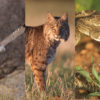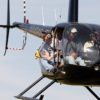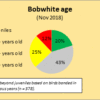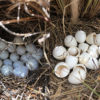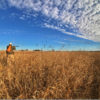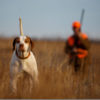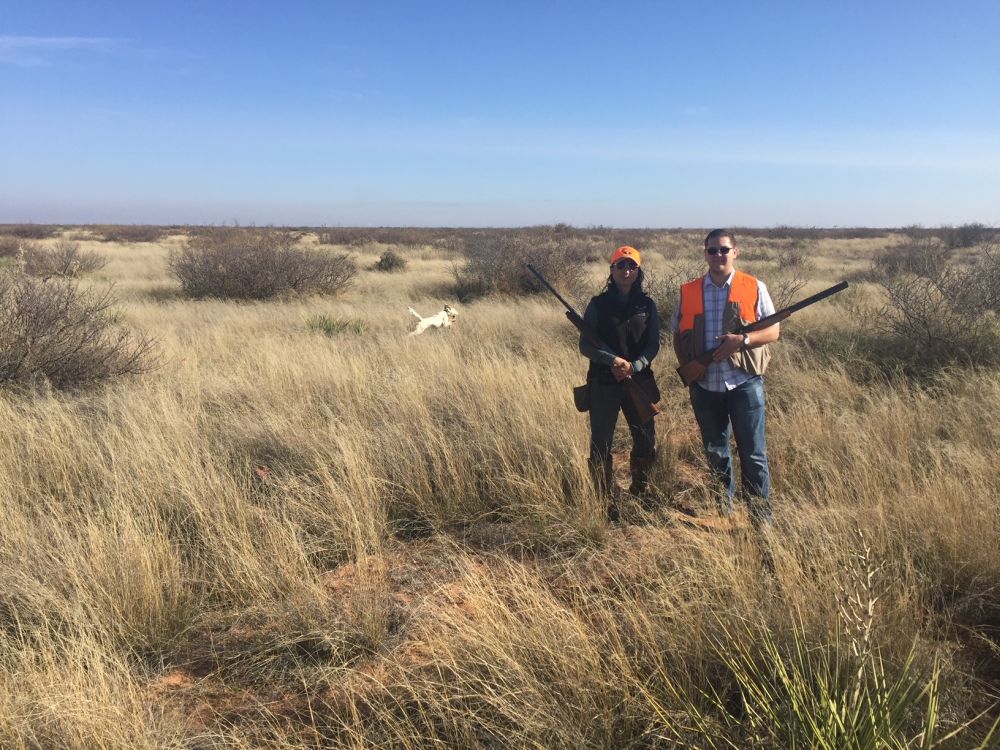
Lehmann Lovegrass is perhaps the most threatening exotic invasive grass impacting west Texas, e.g., the Permian Basin and Trans Pecos. The lovegrass, imported in the 1930s from the Kalahari region of Africa, has claimed millions of acres of sandy soils (e.g., Pyote and Penwell series) and grows in stands dense enough to limit forb production (and in turn likely impact arthropods and scaled quail). Last Tuesday (May 25), RPQRF convened a forum of 20 stakeholders to discuss possible management strategies and research topics moving forward.
I had heard various quail hunters from the Permian Basin grouse about the grass and perceived impacts on quail, but I had no personal knowledge of the grass until the past 3 years when I acquired a quail lease in Crane County on a site replete with the grass. At first glance I wasn’t mad at it, as it facilitated blue quail hunting with bird dogs (i.e., provided cover for the birds to hold in). It’s mostly unpalatable to cattle (but the last year proved they will graze it heavily if there’s no other forage), and a grass that buffers the impact of drought on quail can’t be all bad.
The group listed 3 priorities moving forward: (a) quantifying the acreage across the Trans Pecos and Permian Basin; (b) determining impacts on biodiversity (including scaled quail); and (c) beginning research on Best Management Practices to ameliorate (I didn’t say eliminate) the impacts of the invasive grass.
Participants present at the forum included TPWD, Sul Ross State’s Borderlands Research Institute, Rio Grande Valley Joint Venture, Permian Basin Quail Coalition, Quail Forever, Texas Natives, and private industry.
Thanks to Permian Quail Coalition for funding the meal!




